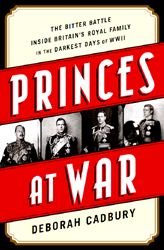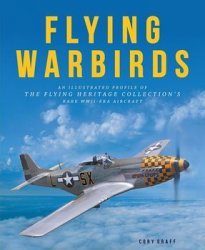For all the beauty created, gold jewelry, textiles, and pottery resulted from hard work, which was the guiding force of Inca life. Work, not play, took precedence in the Inca daily schedule, and there was little time for fun and games. Athletic contests were limited to sons of the nobility and were associated with male puberty rites. Foot races at full speed down an Andes precipice often provided many more wounded than winners, but they were one source of public entertainment. Young men also played war games, much like Roman gladiators, in which they demonstrated their prowess with slings, clubs, javelins, or bolas.
Hunting provided sport with a positive result: meat for the masses. It was against the law to hunt in the sapa inca’s forests, and poachers were executed when caught. A government-authorized hunt provided guanacos, vicunas, deer, and other game meats for festivals and for drying and storing. Hunters used slings and lances, weapons common to the battlefield, to fell large game. Communities delighted in the hunts because it brought a change in work patterns, as well as dancing, feasting, music, and plenty of drinking.
When nobles got together they often played aylloscas for high stakes. The rules for playing aylloscas have been lost over time. However, cronistas recount stories where winners acquired new lands, homes, or even young concubines from the losers.
Children played with tops, balls, and a type of dice made from bits of pottery. Girls may have had simple dolls, although it is likely that care of younger siblings replaced playing house. Children, like their parents, had little playtime and many responsibilities, including helping in the fields, harvesting crops, preparing food, and keeping their homes clean. Among the more pleasant tasks for children might have been scouring forests and meadows for medicinal herbs.




 World History
World History









